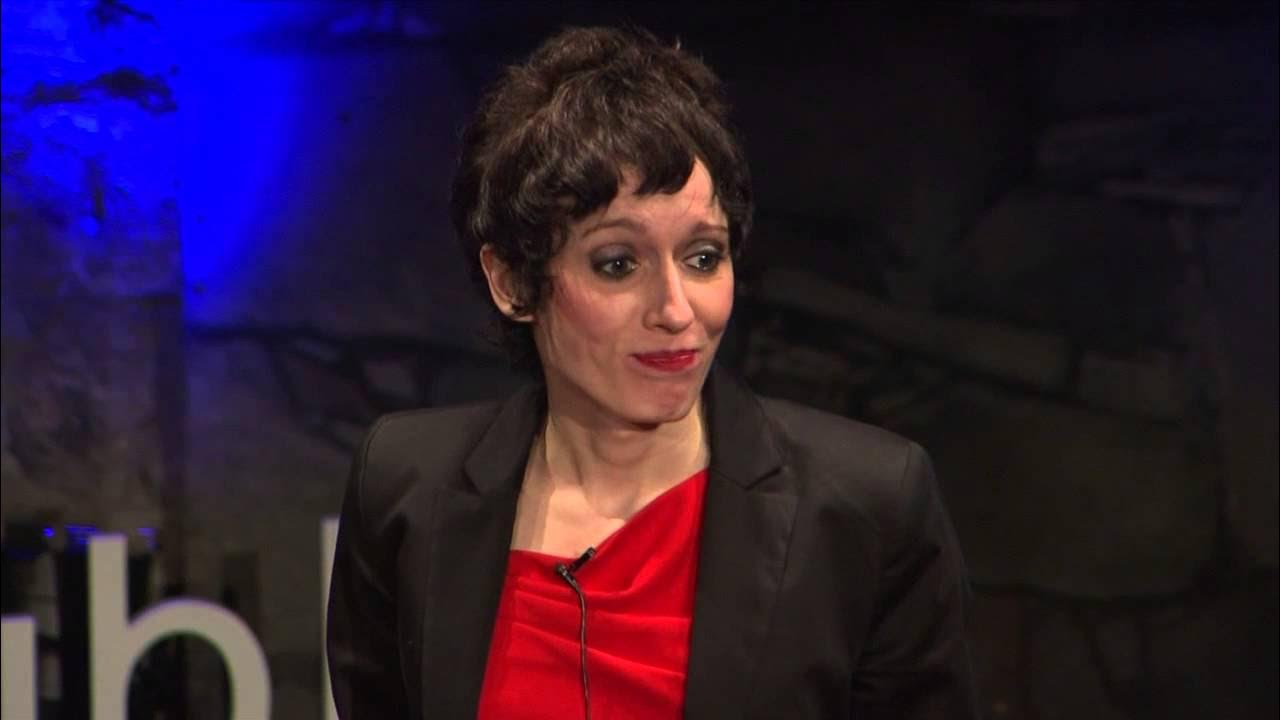Implicit Bias UCAL
Summary
TLDRThe video emphasizes strategies for addressing implicit biases and fostering fairness. It discusses the importance of mindfulness, urging individuals to slow down and reflect to avoid biased decisions, especially in high-pressure situations. The concept of debiasing is explored, highlighting the role of exposure to counter-typical examples and media, as well as actively replacing biased thoughts. Lastly, the video advocates for structural reforms, such as standardized evaluation processes and diverse committees, to mitigate bias and ensure a merit-based system. Together, these strategies aim to build equity and fairness in decision-making processes.
Takeaways
- 😀 Biases and heuristics can significantly influence decision-making without our awareness.
- 😀 Confirmation bias leads individuals to interpret information in a way that supports their existing beliefs.
- 😀 Socioeconomic status can affect evaluations of individuals, highlighting the importance of awareness in decision-making.
- 😀 Implicit biases operate automatically, influencing our judgments based on social categories such as race, gender, and age.
- 😀 Schemas help us process the world efficiently but can lead to unfair categorizations of people.
- 😀 Attitudes (gut feelings) and stereotypes (assumed traits) shape our interactions with others.
- 😀 Implicit biases are often difficult to identify and can have real-world impacts, such as discrimination in hiring.
- 😀 The Implicit Association Test (IAT) measures implicit biases through reaction times, revealing pervasive trends in attitudes.
- 😀 To mitigate implicit bias, one can adopt strategies like mindset shifts, de-biasing through exposure to counter-examples, and decoupling bias from behavior.
- 😀 Structural reforms in decision-making processes can help counter implicit biases and promote equity in evaluations.
Q & A
What is the primary focus of the video?
-The video addresses the challenges of implicit bias in decision-making processes, emphasizing the need for mindfulness, debiasing techniques, and structural changes to mitigate these biases.
How can mindfulness help in reducing implicit biases?
-Mindfulness encourages individuals to slow down, reflect on their thoughts and behaviors, and recognize when they may be influenced by biases or heuristics, especially during emotionally charged or rushed situations.
What does the term 'debiasing' refer to?
-Debiasing refers to the process of identifying and eliminating implicit biases from our thought patterns, making it a challenging but necessary task to promote fairness and equity.
Why are implicit biases difficult to change?
-Implicit biases are deeply rooted in daily interactions with popular culture and media, making them challenging to alter without conscious effort and exposure to counter-stereotypical examples.
What role do counter-typical exemplars play in debiasing?
-Counter-typical exemplars are individuals who occupy roles that defy stereotypes. Encountering such individuals can help reshape implicit attitudes and challenge existing biases.
What is the stereotype replacement exercise?
-The stereotype replacement exercise involves recognizing biased thoughts, labeling them as biased, reflecting on their origins, and replacing them with counterexamples to foster more equitable thinking.
How can structural changes help mitigate implicit bias?
-Structural changes, such as setting explicit merit criteria for evaluations and diversifying search committees, can help limit the influence of implicit bias by creating clearer, standardized processes.
What is the significance of community diversity in reducing bias?
-Diverse communities expose individuals to a wider range of experiences and perspectives, helping to counteract stereotypes and biases that might otherwise go unchallenged.
What is the importance of internal motivation in addressing bias?
-Internal motivation to act justly is essential for promoting fairness, as it encourages individuals to pursue equitable practices for the right reasons, rather than simply to avoid negative consequences.
How can metrics and data be used to combat implicit bias?
-Using metrics and data can help organizations monitor and evaluate their decision-making processes, ensuring that talent is not prematurely filtered out and that biases are identified and addressed.
Outlines

هذا القسم متوفر فقط للمشتركين. يرجى الترقية للوصول إلى هذه الميزة.
قم بالترقية الآنMindmap

هذا القسم متوفر فقط للمشتركين. يرجى الترقية للوصول إلى هذه الميزة.
قم بالترقية الآنKeywords

هذا القسم متوفر فقط للمشتركين. يرجى الترقية للوصول إلى هذه الميزة.
قم بالترقية الآنHighlights

هذا القسم متوفر فقط للمشتركين. يرجى الترقية للوصول إلى هذه الميزة.
قم بالترقية الآنTranscripts

هذا القسم متوفر فقط للمشتركين. يرجى الترقية للوصول إلى هذه الميزة.
قم بالترقية الآنتصفح المزيد من مقاطع الفيديو ذات الصلة

Research-Backed Strategies for Better Classroom Management

WEBINAR Waarom is een vrouwelijke scheidsrechter wereldnieuws?

Hypocritical oaths -- medicine's dirty secrets | Charlotte Blease | TEDxFulbrightDublin

What is implicit bias?

The Hidden Prejudice - Scientific American Frontiers

How to Overcome Our Biases TED talk by Verna Myers
5.0 / 5 (0 votes)
